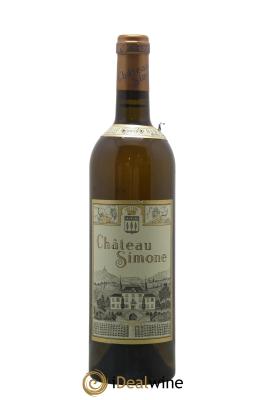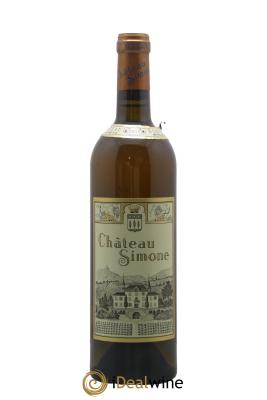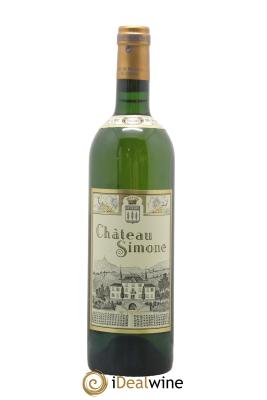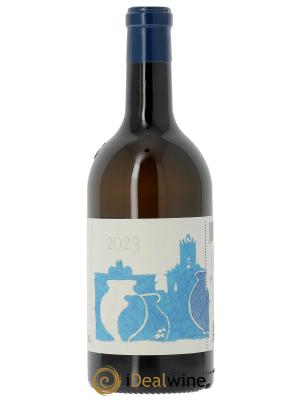Muscat
Muscat is actually a family of varietals rather than a single kind of grape. All Muscat grapes need relatively dry and warm conditions to mature in a way that produces good wine. Said wines, often sparkling or fortified, tend to have an aromatic intensity centred around notes of fresh grape. The Muscat name comes from the light, musky notes it can develop. The best-known of this varietal family is the white Muscat (muscat blanc à petits grains), a complex grape that carries aromas of peach, rose and citrus, as well as subtle notes of caramel and coffee when matured. This varietal is the base for many natural sweet wines (Rivesaltes, Beaumes de Venise, Saint-Jean de Minervois...), Asti wines, and the famous Australian muscats from Rutherglen. Muscat Ottonel is the varietal often used to make the dry whites of Alsace, revealing another facet of this grape’s repertoire. This is one of the region's so-called "noble" varietals, though it represents no more than 3% of the vines grown there.


























